The fitness friends who believe that leg training has benefits can be crazy to every other day a leg, the fitness friends who believe that leg training is not good is to refuse all leg training, see the squat rack can physiologically enter the fear mode, not to think that the squat hurt back, hurt waist. Not yet started has been uncomfortable, after practice more uncomfortable. The argument that deep squats hurt the back is worsened by those who squat incorrectly. Sometimes individual trainers also attribute the cause of back pain to deep squats because of the wrong movements. The fastest way for a trainer to increase the weight of a deep squat is to decrease the depth of the squat, which is not the best professional method, but it is still used by some people and I see it often.
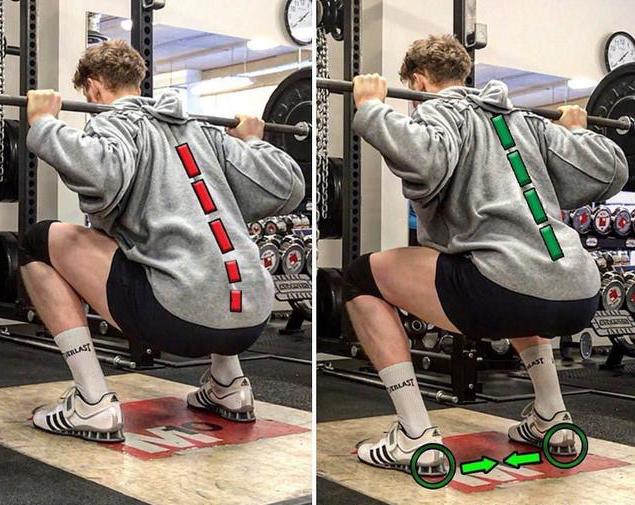
The Sentinal Online magazine recently published an article titled "Deep Squats May Cause Stress Fractures in Young Bodybuilders," claiming that squatting with good form puts the spine at risk for injury. They relied on information provided by a new study. Fractures are considered to be the main risk of injury, usually due to overuse, and include hyperextension of the spine and an increase in the "sacral tilt angle". This type of injury is actually caused by hyperextension.
The squat itself does not cause injury, but is rooted in a faulty posture, and any squat should be performed with a neutral spine.
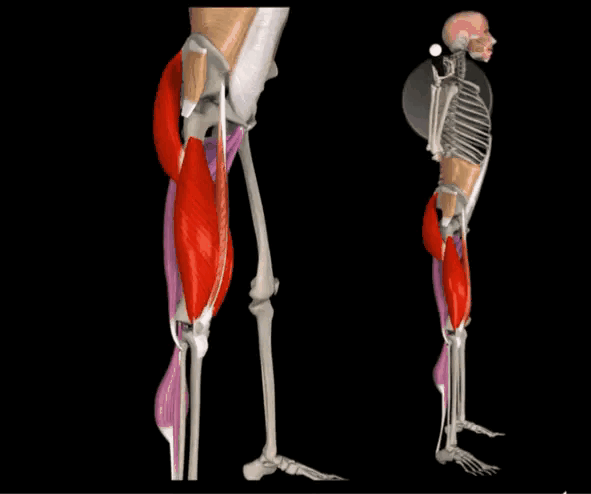
The risks and causes of squat injuries that you must know
If the spine is hyperextended, then a deep squat cannot be performed correctly. In addition, when performing deep squats with heavy weights, the trainer's back is challenged to resist excessive spinal counter-arch rather than randomly extending the spine. It is more common for a gym goer to round his back when squatting, even with lighter weights. This mistake can be easily corrected by learning the proper deep squatting motion and using a manageable amount of weight. Other concerns lie in the compression of the spine during the deep squat, especially the behind-the-neck squat. Some will assert that carrying a heavy weight on your back is an unnatural movement and should be avoided.
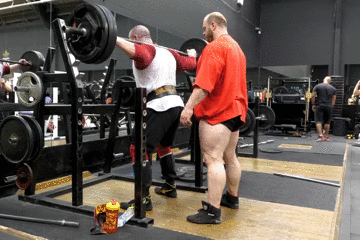
In fact, the human spine is very well equipped to handle compression forces. The trick is to load the spine without creating excessive shear, avoiding shear forces by keeping the torso as upright as possible and the spine in neutral.
For most people, the ability to keep the torso straight and the spine neutral will be an important factor in limiting the deep squat. However, this should not be a reason to reject the deep squat. It simply requires the trainer to move in a more rigid position, rather than being concerned only with the weight.
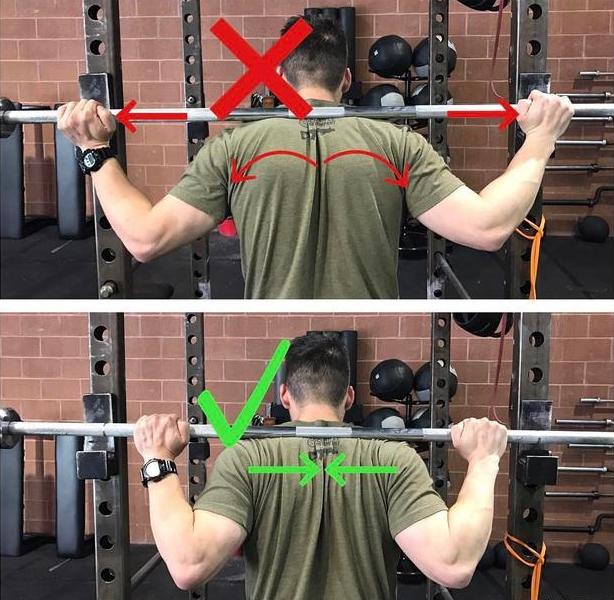
If the deep squat hurts your back and you have not had a recent injury or chronic pain problem, then this is a clear indication that there is a problem with the mechanics of the movement and not with the squat itself.
You can be sure that when the deep squat is performed correctly, the chance of injury will be very small. Properly managed heavy weight training can reduce the risk of injury to a very low level. This may sound surprising or even hard to believe, especially if you are injured while lifting, but you need to know that large weight training can and should actually be performed in a more controlled process.
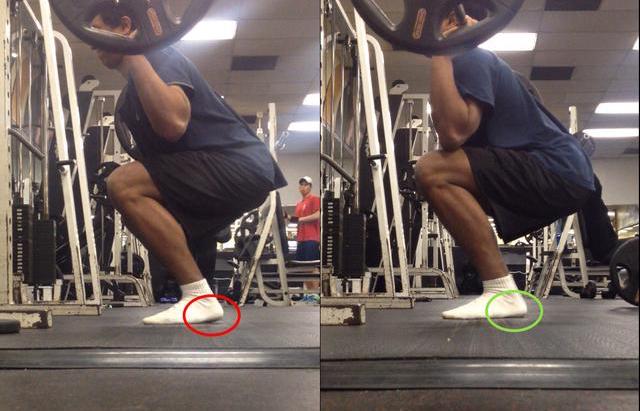
The unpredictability inherent in many movements is not a factor in injury. The risk of injury from weightlifting can be almost completely avoided.
There are two basic tips to help you squat safely
The first is to squat deep in the correct position, which is obvious. As a basic movement, the deep squat is a difficult one to master, especially the back of the neck squat. One way to check if your posture is correct is that when you squat and feel twisted or unbalanced, these are signs that the movement is not standard, indicating where you are doing it wrong or using too much weight.
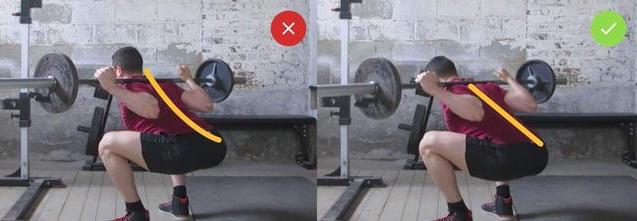
And it's very important to note that if your lower back is back-arched or hunched at the bottom of the squat, this is an issue that needs to be addressed before adding weight. Make sure you take the time to learn proper form.
The second tip is to increase the weight conservatively over the full range of motion of the deep squat. This will allow your body to recover and adapt to the weight, a technique that is completely overlooked when people hear about the dangers of deep squats. But your body will actually adapt to the external demands placed on it, as long as you don't exceed its current capacity or ability to recover. This is more common in men's fitness, for whom adding 100 pounds at a time is a way to build muscle or simply to show off.
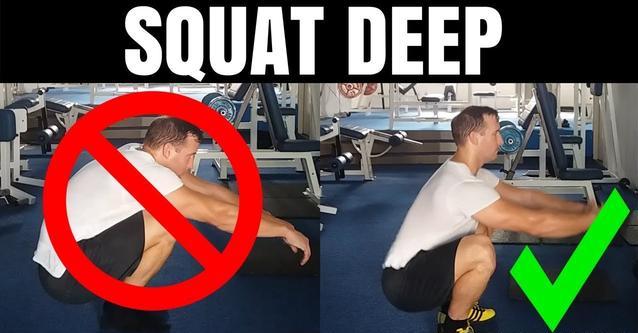
Women, on the other hand, usually go in the opposite direction and are hesitant to add more weight out of fear of getting bigger and thicker legs and losing their femininity, which is another unfounded claim. The way to avoid this mindset is to see each deep squat as an opportunity to practice squatting, rather than imagining it as a move to lift a large weight. Deep squats require skill just like any other movement, and many people have not practiced this skill for a long time or not at all. This makes it difficult to learn to squat properly, and when people think that squats are dangerous, it gives an excuse not to do them.

As long as you are willing to put in the effort required to learn how to squat properly and patiently allow your body to adapt, you will reap the rewards and make consistent progress with minimal risk of injury. This movement is the same as any other movement in fitness; if the movement is done correctly and with the proper weight, the risk is minimal and the rewards are great. However, on the flip side, it's just a matter of time before you can't squat anymore.

Popular Articles
-
Keep your power sockets and air conditioner remote control well stored
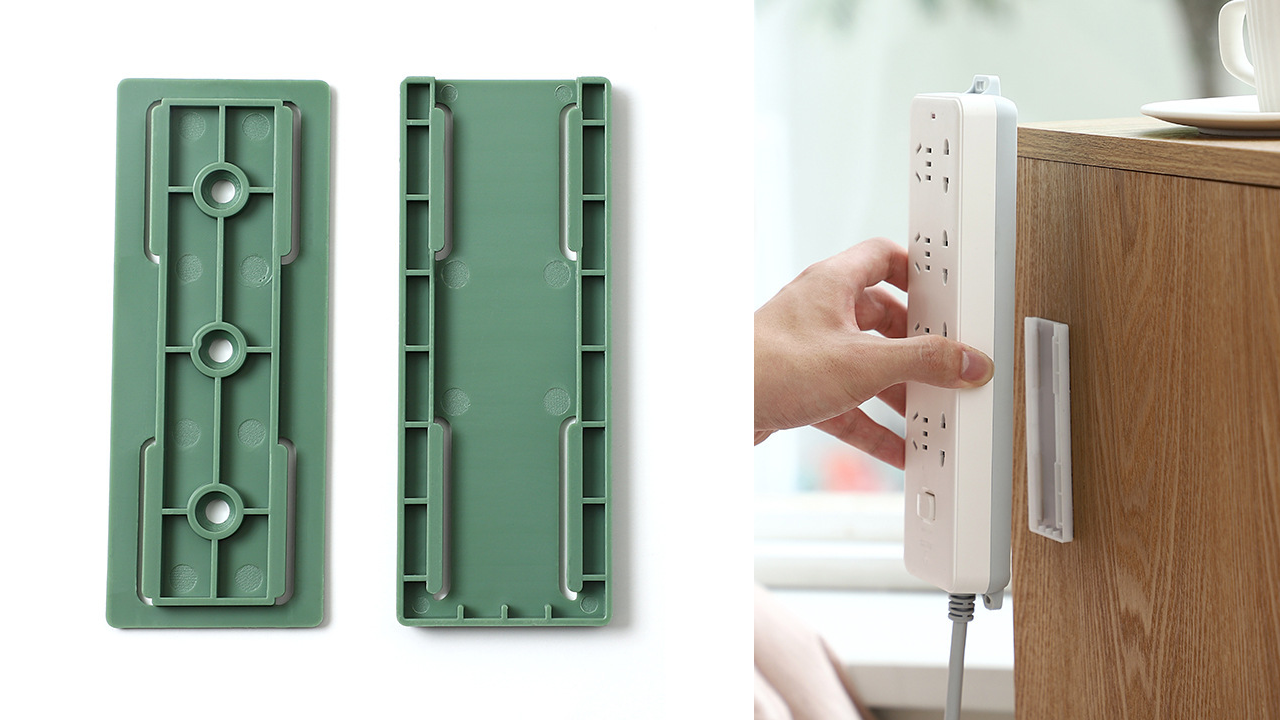
Photos
-
 Fitness Equipment | How to choose a suitable for their own yoga mat?
Fitness Equipment | How to choose a suitable for their own yoga mat?Apr 08, 2025
-
 Rice Dumpling with Meat Suffing and Salted Egg Yolk
Rice Dumpling with Meat Suffing and Salted Egg YolkApr 08, 2025
-
 These Scandinavian brands of tableware will surprise you
These Scandinavian brands of tableware will surprise youApr 08, 2025
-
 During weight loss, is it better to choose aerobic exercise or strength training?
During weight loss, is it better to choose aerobic exercise or strength training?Apr 08, 2025
-
 51-year-old uncle cool like a 20-year-old boy, the god of freezing age to teach you the secret of ageless!
51-year-old uncle cool like a 20-year-old boy, the god of freezing age to teach you the secret of ageless!Apr 08, 2025







Comments
0